Menu
Fence lines often provide an excellent opportunity to enhance the beauty and privacy of your property. However, choosing suitable trees to plant along these boundaries requires special consideration to improve the aesthetics and functionality of your outdoor space. As a trusted tree service provider, Driscoll Tree Service can help you make informed choices without compromising the quality of your landscape. Here are some suitable trees for fence lines you should consider.

Thuja Green Giant is a popular choice among tree service professionals for fence lines because of its fast growth rate and dense foliage. This evergreen tree features vibrant green foliage year-round, providing privacy and screening from neighboring properties. Its tall, narrow growth habit makes it an ideal candidate for tight spaces along fences. In addition, Thuja Green Giant is relatively low-maintenance, requiring minimal tree pruning or trimming sessions.
Eastern Red Cedar is a native North American tree known for its durability and adaptability. This evergreen species thrives in various soil types and environmental conditions, making it suitable for fence lines across different regions. Eastern Red Cedar features blue-green foliage and produces bluish berries that attract specific bird species. Its dense growth habit offers excellent privacy and windbreak capabilities, but routine tree pruning is crucial for optimal health. The last thing you want is a severe emergency that requires the expertise of certified arborists or a complete tree removal in the future.

Nellie Stevens Holly evergreen trees are versatile and recommended for hedging and screening purposes along fence lines. This hybrid holly variety features glossy, dark green leaves and produces vibrant red berries during the fall and winter, adding visual interest to the landscape. This species is suitable for its dense growth habit and tolerance to routine tree trimming, allowing you to achieve the desired height and form. Also, its spiny foliage deters intruders, enhancing security along the fence.
For fence lines that require a touch of ornamental beauty, consult a reputable tree care company to determine if Japanese Maple is an excellent choice for your yard. This deciduous tree is famous for its stunning foliage, which comes in various colors, including red, orange, and purple, and is vibrant during fall. The tree’s compact size and graceful branching structure make it well-suited for smaller yards or along fence lines where space is limited. While it may not provide year-round privacy like evergreens, it enhances aesthetic appeal and reduces the frequency of tree trimming projects.
Leyland Cypress is another fast-growing evergreen tree commonly planted along fence lines for privacy and windbreak. This hybrid species combines the best traits of its parent species, resulting in rapid growth and dense foliage. Leyland Cypress features soft, feathery needles and a conical shape, providing excellent screening properties. While it requires regular pruning to maintain its desired height and shape, Leyland Cypress is relatively low-maintenance and tolerant, mitigating premature tree removal.
Selecting the best trees for fence lines requires careful consideration of factors such as growth rate, foliage density, and aesthetic appeal. Whether you prefer the year-round privacy of evergreens like Thuja Green Giant and Eastern Red Cedar or the ornamental beauty of Japanese Maple, the experts at Driscoll Tree Service can help you choose a suitable species. Contact us today and schedule a consultation with our arborists. As a trusted tree care company, we have worked with you to enhance your outdoor space’s beauty, privacy, and functionality for years.

Fescue vs. Bermuda Grass Do you have dry patches on your lawn? Before reseeding, it is advisable to familiarize yourself with different grasses, like fescue and Bermuda. Although these grasses grow on lawns across the country, knowing the differences can…
Read More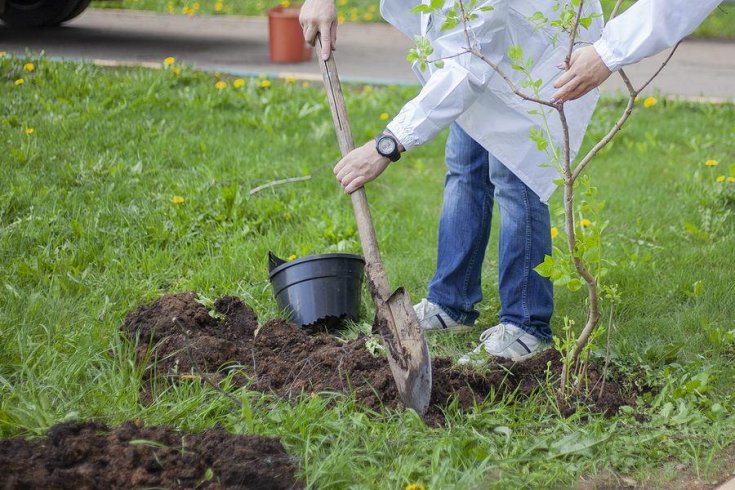
Planting Trees Properly Planting a tree is a rewarding and environmentally conscious act. However, following the proper planting techniques is essential to ensure its long-term health and growth. Here’s a helpful guide through planting a tree. As a professional and…
Read More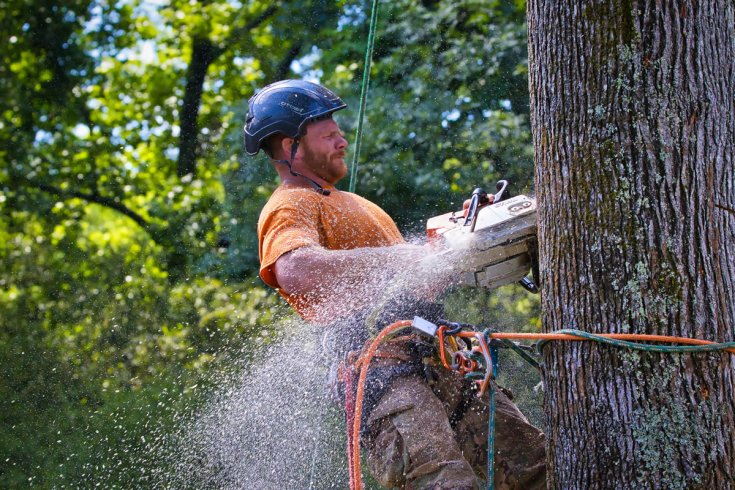
Why Dead Trees Should Be Removed Trees are a valuable addition to any landscape. However, dead trees pose safety hazards and should be removed before things get out of hand. Many property owners usually ignore telltale signs of deterioration until…
Read More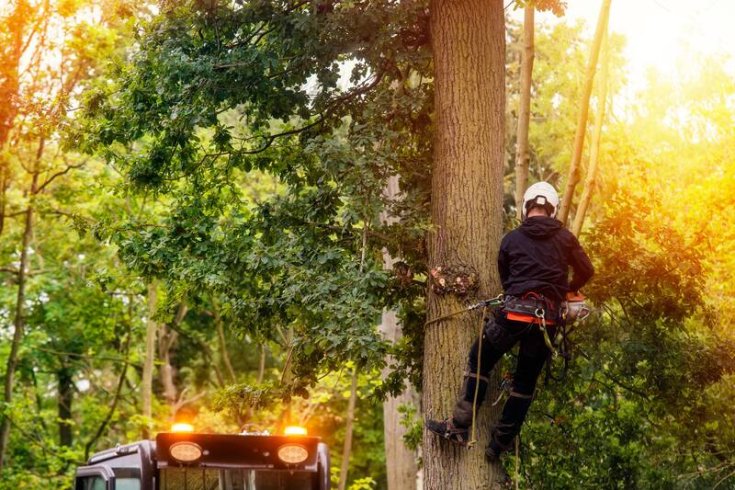
Is it Possible to Minimize Storm Damage to Trees? Trees play a critical role in our environment, providing many benefits like shade, oxygen, and beauty to our landscapes. However, they can also be vulnerable to the destructive forces of nature,…
Read More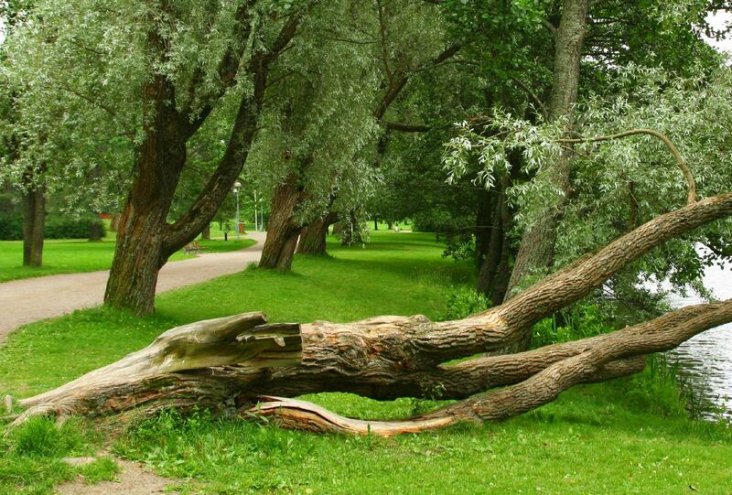
Why are My Tree Branches Falling Off? As the summer temperatures rise, the tranquility of your garden may be disrupted by branches falling off your trees. Unlike the more common storm or ice damage, these occurrences can leave you puzzled,…
Read More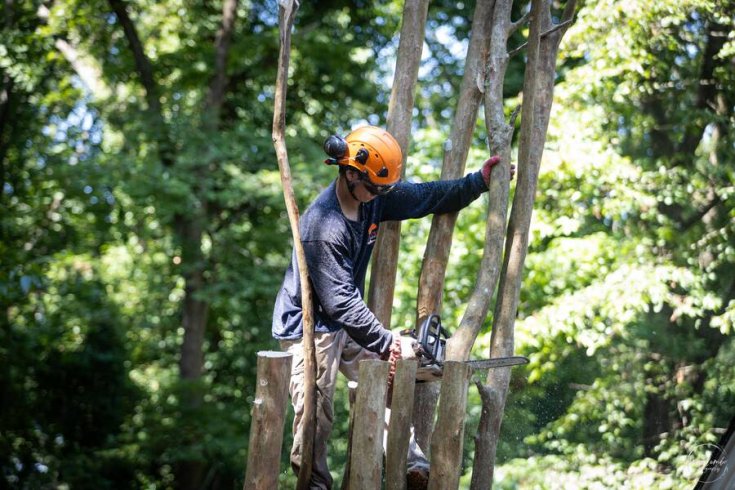
3 Reasons to Have Your Fruit Trees Trimmed This Year Tree trimming might seem like just a haircut for your trees, but it’s much more than aesthetics when it comes to fruit trees. Annual trimming plays a vital role in…
Read More
Benefits of Planting Trees Out of all the things you can do to enhance the aesthetics and value of your property, planting trees is at the top of the list. However, planting trees has many benefits, including social, environmental, and…
Read More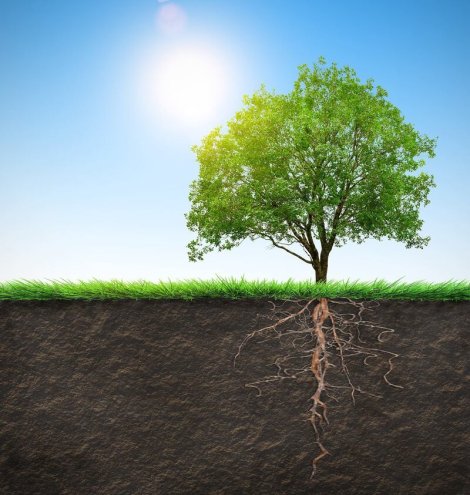
Tree Root Problems Trees are more than towering structures of bark and leaves; their roots play a crucial role in their overall health and vitality. Tree roots serve several vital functions, including extracting nutrients and water from the soil, storing…
Read More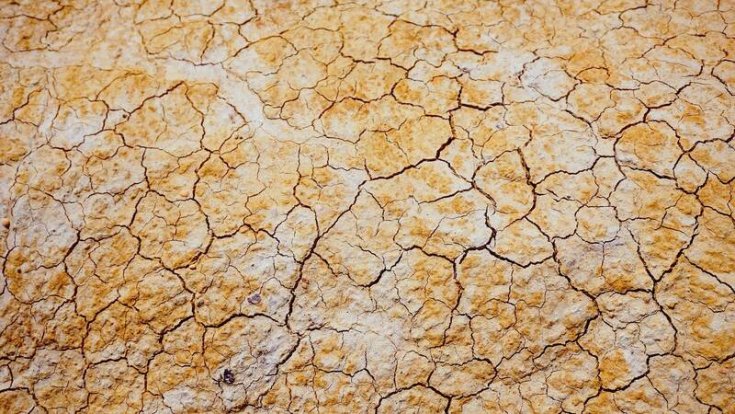
How Does Drought Affect Trees? Drought is a prolonged deficit between water supply and demand. This means long-term conditions of increased demand without sufficient water supply cause drought. With the rise of global warming and climate change, many parts of…
Read More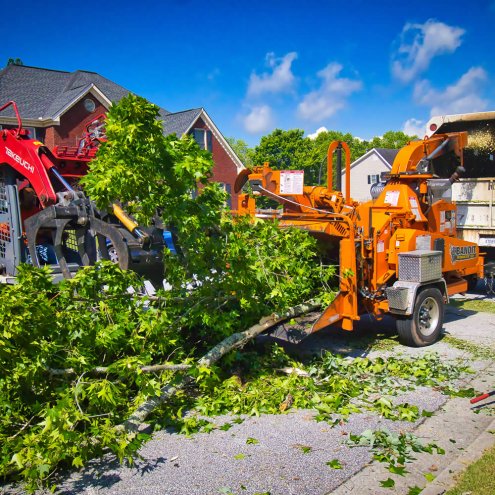
The Dangers of Ignoring Tree Removal Trees are not only nature’s exquisite creations but also valuable assets that enhance the beauty and character of your landscape. Their presence provides shade, improves air quality, and contributes to the overall aesthetics of…
Read More